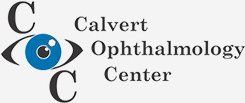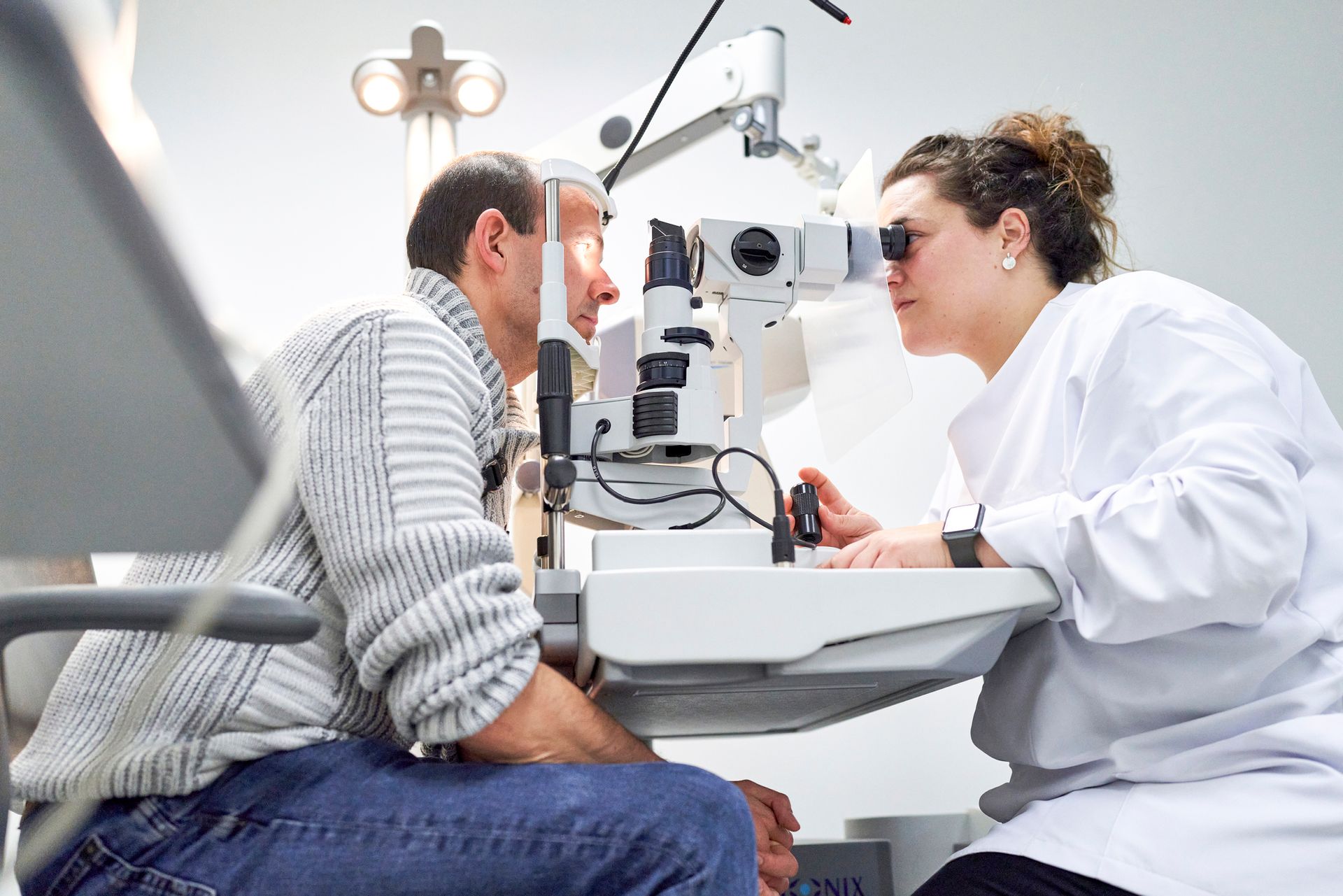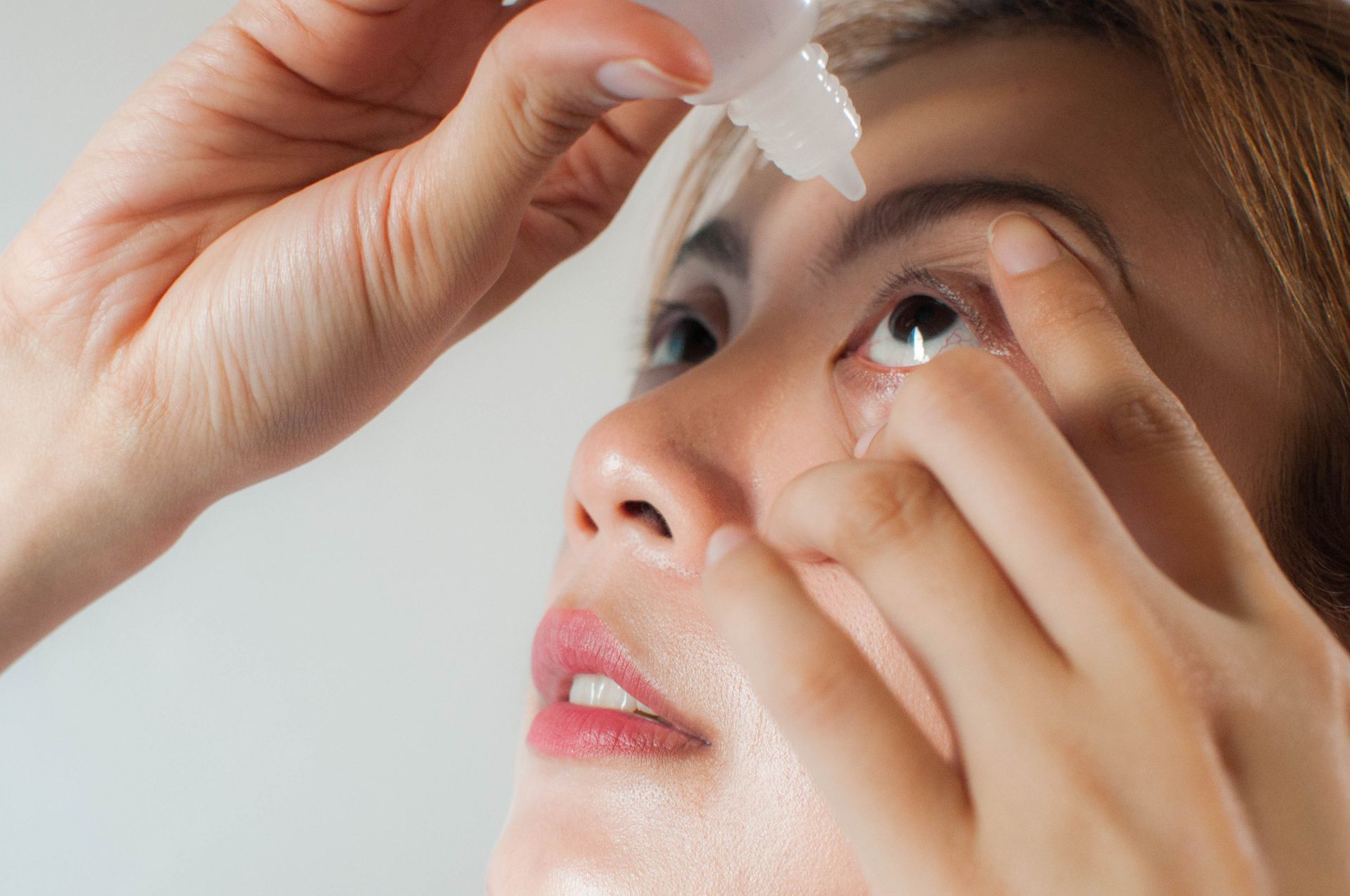FAQs About Vision Care and Progressive Lenses
- By Admin
- •
- 05 Jul, 2021
- •
Did your recent vision exam reveal the need for progressive lenses? If you've always worn single-vision glasses or contacts, take a look at what you need to know about multifocal lenses and your eyesight.
What Are Progressive Lenses?
Progressives help you to see both near and far-without the need to switch glasses. Like the name implies, these glasses progressively change as your eyes move up or down the lens. The bottom of the lens allows you to read or see objects near to you, correcting hyperopia or farsightedness. The top of the lens helps you to focus on anything that's in the distance. This corrects nearsightedness.
Are middle-distance objects blurry? Progressives can help with this issue too. The middle section of the lens is in between near and farsighted, creating a smooth transitional area. This allows you to see objects at all distances without a break or jump from one type of vision/sightedness to another.
Do Progressive Lens Have a Line?
You've seen the lines on your friend's or family member's bifocals. These multifocal lenses also allow you to see near and far clearly. But bifocals (and trifocals) have a distinct line that breaks apart one type of vision correction from the other. Unlike these lenses, progressives are line-free.
Again, progressive lenses provide a visual progression from close-up to middle-distance to far. This happens seamlessly, eliminating the need for the bifocal line.
Not only can no-line progressives make it easier to switch back and forth between near and far vision, but these glasses also have a more youthful appearance - especially in comparison to bifocals. If lined multifocal lenses remind you of your grandparents, talk to your eye doctor about the benefits of progressives.
Why Do You Suddenly Need Progressive Lenses?
Are you nearsighted? Farsighted? Neither? Whether you've always worn single-vision glasses to see far away or close-up, it's likely your eyes will change as you age.
According to the American Optometric Association (AOA), close-distance vision may start to change as early as your 40s. This change makes it difficult to read or look at objects near to you without added assistance. Some adults need to use prescription eyeglasses to correct this issue.
If you also have difficulty seeing objects at far distances (nearsightedness), you may have to constantly switch between readers and your regular glasses to see clearly at all times. Progressives eliminate this need.
Along with near-vision issues, age-related changes may also include the need for more light to see clearly, issues with glare, changes in color perception, and reduced production of tears. While progressive lenses won't stop or correct every age-related change, these eyeglasses can improve clarity in a variety of situations.
How Quickly Will Your Eyes Adapt to Progressives?
Even though progressives have advantages over bifocals or trifocals, these glasses aren't always easy to adapt to. Without the line, you may find it difficult to switch from near- to far-distance vision. According to the American Academy of Ophthalmology (AAO), it typically takes a week to a few months for most adults' eyes to adapt to these lenses.
You'll need to train your eyes to seamlessly switch from close-up to middle to faraway sight. Don't give up on your progressive lenses if the adjustment takes more time than you expected. The more you wear the glasses, the sooner your eyes will adapt.
The better the lenses are fitted to your eyes, the easier this process should become. Choose a qualified ophthalmologist to help you find the best progressives for your needs and guide you through this process.
Do you have vision changes? Are progressives right for you? Contact Calvert Ophthalmology Center for more information.











